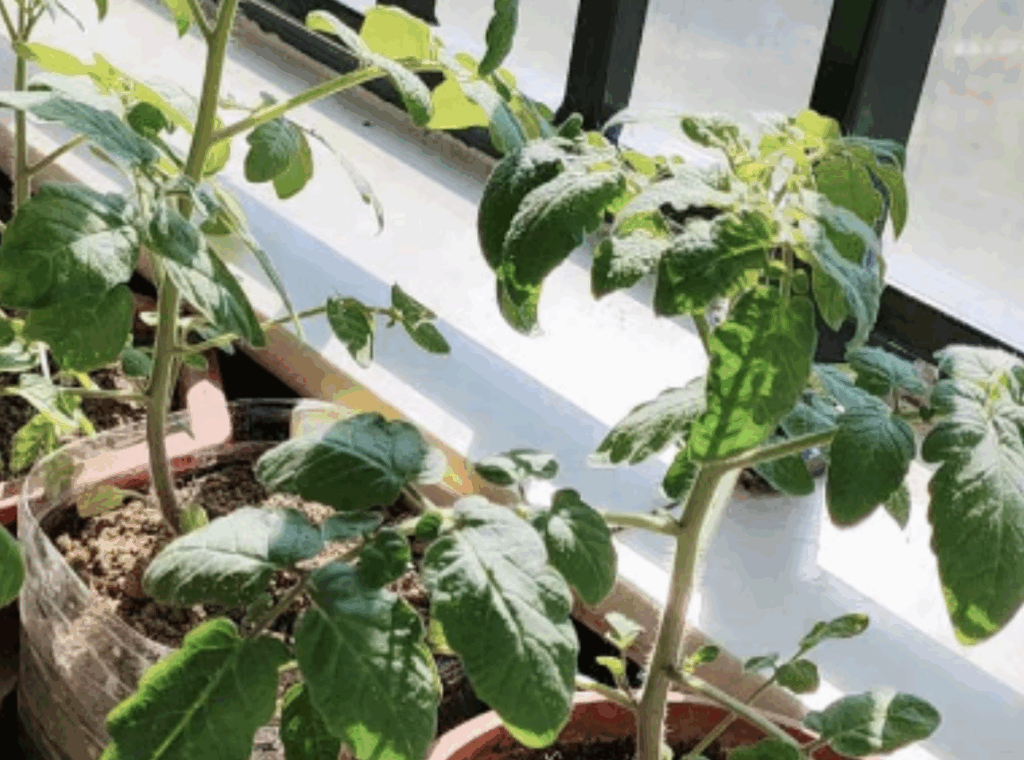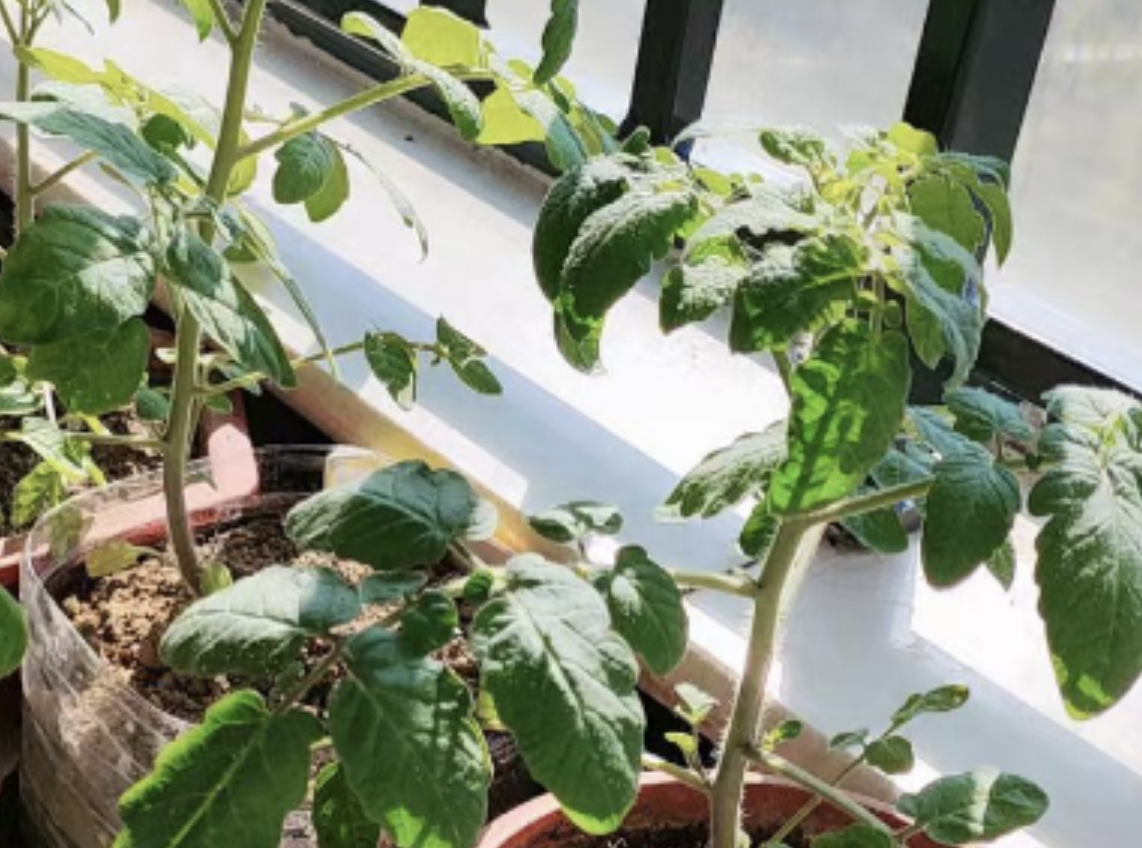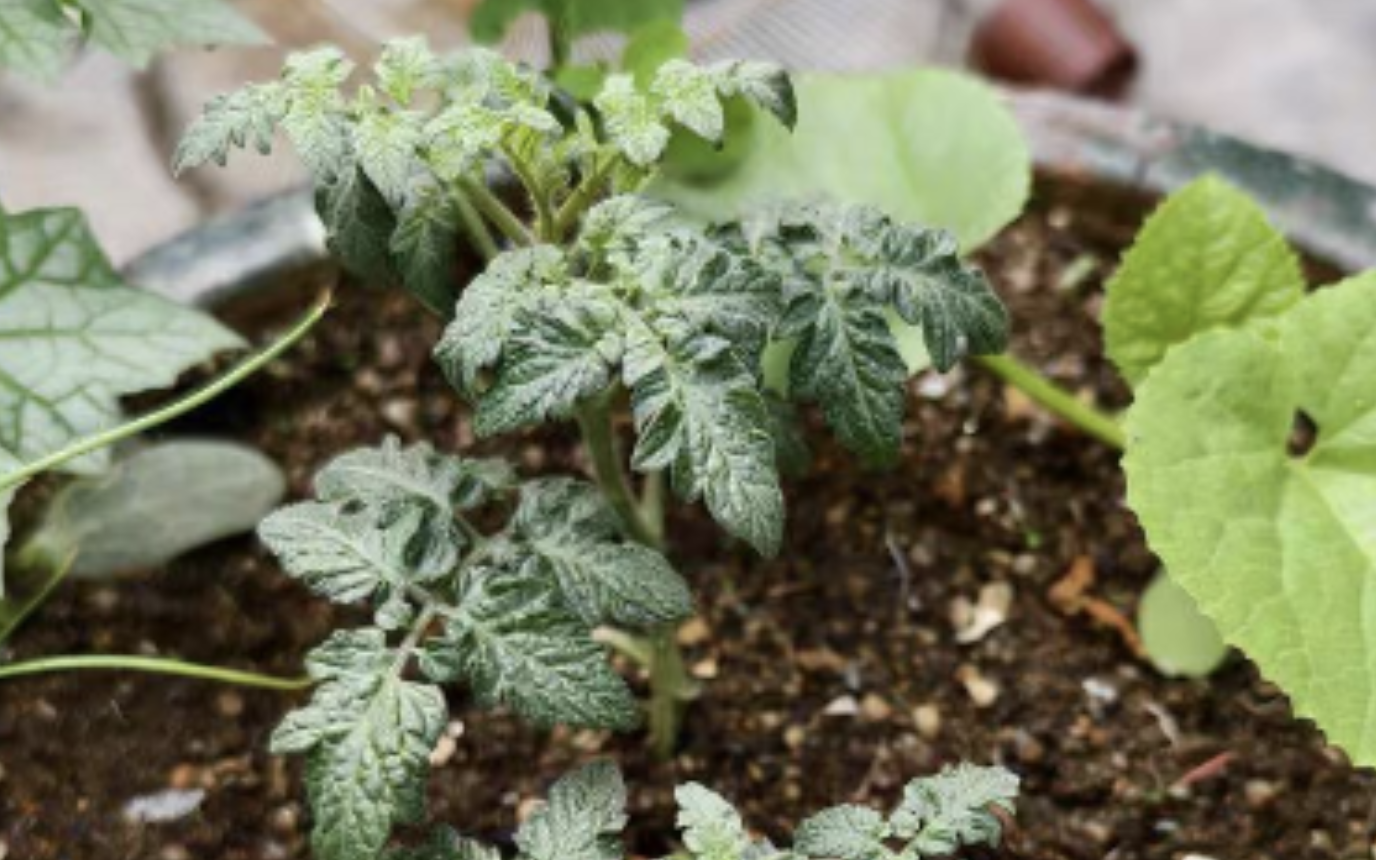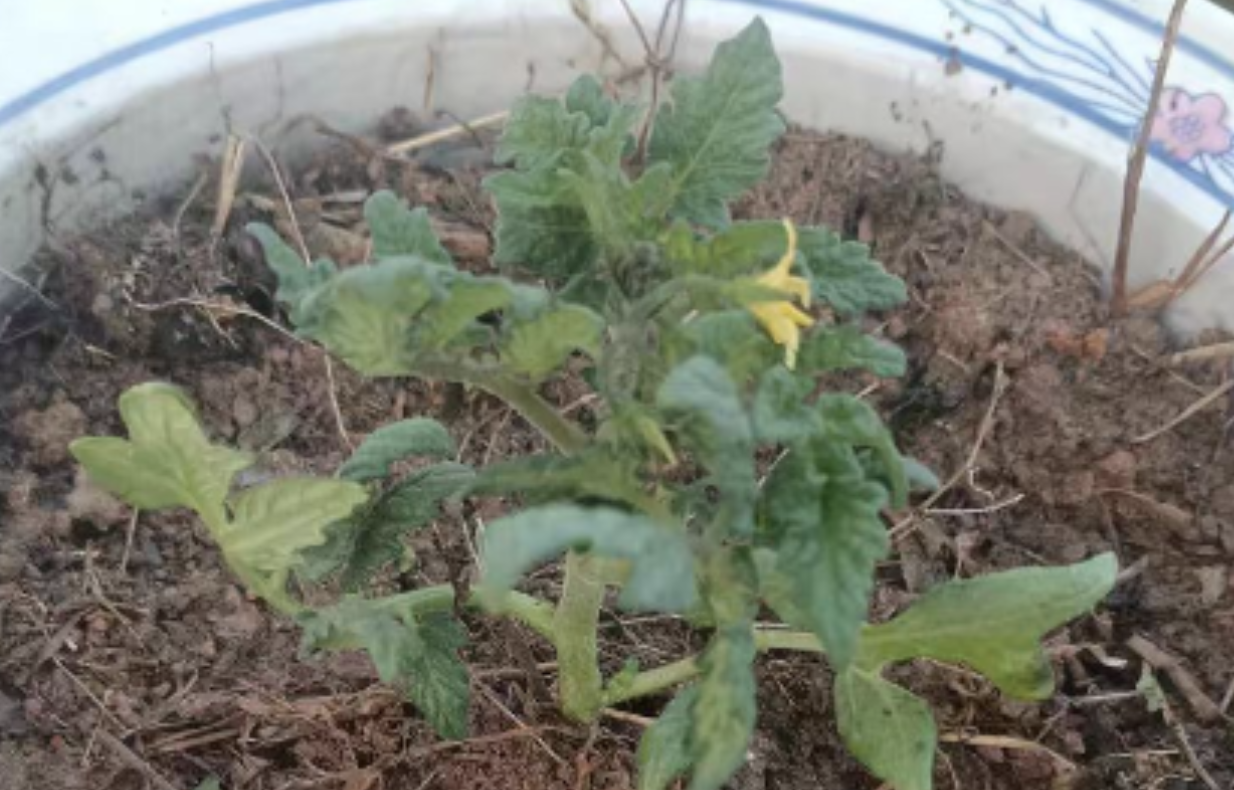Let’s first talk about physical control, which is the most basic and safest method. As we all know, red spider mites usually gather on the undersides of tomato seedling leaves, so we need to carefully check the backs of the leaves. Once red spider mites are spotted, use a damp cloth to gently wipe them off. This will remove both the adults and their eggs. Additionally, red spider mites are attracted to the color yellow, so we can take advantage of this by hanging yellow sticky traps in the field. Make sure the traps are at the same height as the tops of the tomato seedlings, as this will effectively catch some of the adult mites and reduce their population.

Next is biological control, which is especially suitable for those who prioritize eco-friendly farming. We can introduce natural predators of red spider mites, such as predatory mites and lacewings, which can naturally control the red spider mite population. We can also plant some plants around the tomato seedlings that attract these natural enemies, such as clover and mugwort. In addition to introducing natural predators, some biological agents are also effective in controlling red spider mites, such as sophora alkaloids and azadirachtin. These agents have contact and stomach-toxic effects on the mites but are less harmful to the environment and human health.
If the red spider mite infestation is severe, chemical control will be necessary, but it must be done scientifically. We can use highly effective and low-toxicity insecticides like abamectin, spiromesifen, and etoxazole, which can effectively kill red spider mites at different stages of growth. When using these chemicals, it’s important to strictly follow the instructions regarding dosage and dilution ratios. Since red spider mites mainly live on the undersides of leaves, make sure to focus on spraying the underside of the leaves. To prevent red spider mites from developing resistance, we should alternate between different insecticides. A reminder: during the tomato fruiting period, choose insecticides with a short pre-harvest interval to ensure the safety of the fruit.
In fact, daily prevention is also very important and can greatly reduce the likelihood of red spider mite infestations. When planting tomatoes, we should ensure proper spacing between plants to ensure good ventilation and light penetration, which will help reduce field humidity. We should also regularly remove weeds, dead branches, and fallen leaves, as these places are easy for red spider mites to breed.
In summary, controlling red spider mites on tomato seedlings requires a combination of physical, biological, and chemical control methods, while also paying attention to daily preventive measures. Only by doing so can we effectively control the damage caused by red spider mites and ensure the healthy growth of tomato seedlings.




Leave a Reply